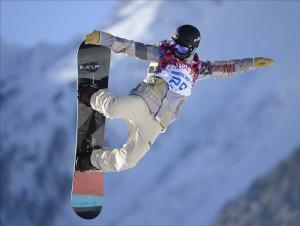The winter olympics are right around the corner and a common, well-known winter sport is snowboarding! This invigorating sport is often compared to skiing, but the way you’re utilizing your body is quite different. For example, when skiing you are shifting from side-to-side whereas snowboarding involves twisting and turning motions from the front and back planes.
Before getting into the common injuries, let’s discuss some snowboarding injury preventative measures:
Beginner learning courses – Beginners are at a higher risk of injury, therefore, beginner learning courses should be with a qualified instructor will be very beneficial to lay the foundation of the sport itself. The instructor will teach you how to control your speed and proper techniques to enjoy the experience and avoid frustration.
Protective gear – It would be in your best interest to wear the proper snowboarding protective gear such as goggles/sunglasses, helmet, knee pads, spine protector, hip pads, medical pack, wrist guards and an avalanche beacon. Also, when buying the protective gear, make sure to understand the importance of proper equipment fitting and binding adjustment.
Warm-up – Warming up your muscles before you snowboard is a very vital preventative measure, especially for snowboarding due to it being very trick-based. The warm-up should involve stretches and bodyweight movements that will increase your flexibility, coordination, and balance as well. Various trick-based warm-up exercises are:
- Leg swings
- Body stretch
- Toe-edge hop
- Back stretch and many more!
With the preventative measures presented as well as experience, your chances may decrease to getting common snowboarding injuries such as: wrist fractures, knee/acl injuries, ankle sprains, shoulder dislocations, and spinal injuries. Also know, if you are fatigued or dehydrated, do not attempt to snowboard as this increases the risk of injury.

